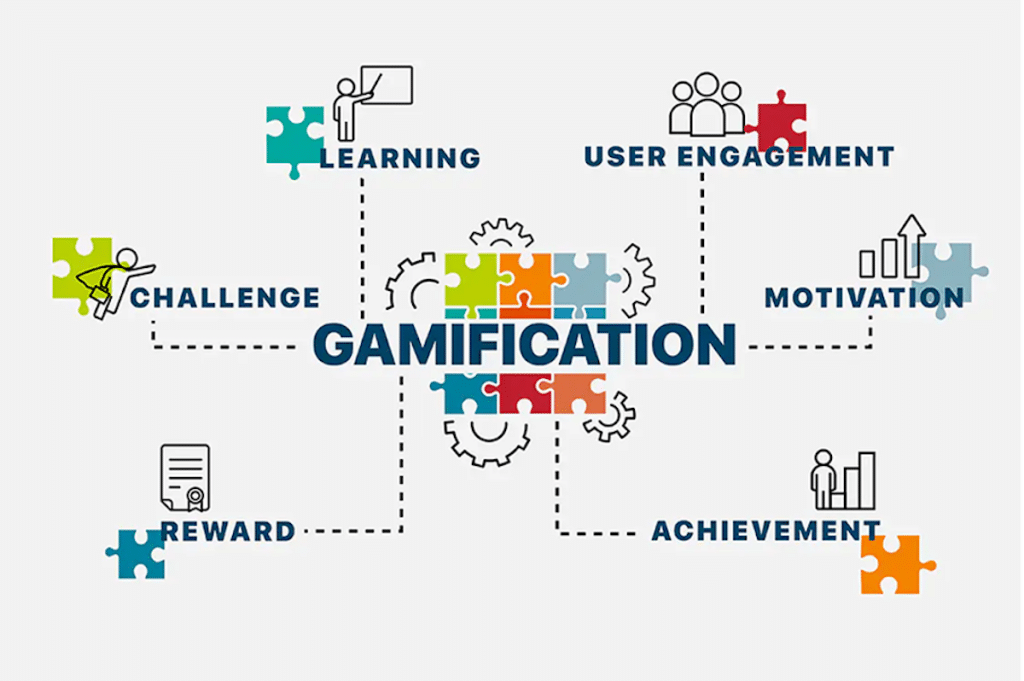Gamification in Corporate Training: Changing Learning Through Play-Based Systems
In today’s busy business world, companies are always looking for new ways to help employees learn. Gamification is a good method that uses game elements in corporate training, which helps people learn better and remember more. Companies that want to use gamification can find helpful resources and examples at https://fs-bonus.com/, where different learning models with rewards are explained for various work settings.
Understanding Gamification in the Workplace
The Psychology Behind Gamified Learning
Gamification uses basic human drives—like wanting to win, achieve goals, and get rewards—to make boring training more fun. When training includes things like points, badges, and rankings, it makes the brain feel good by releasing dopamine, which helps people enjoy learning more.
Key Components of Successful Gamification
Good gamification systems need several important parts that work together to create fun learning:
- Clear goals and ways to track progress
- Useful rewards that make people want to keep going
- Quick feedback that helps learning
- Stories that give meaning to activities
- Social elements that create friendly competition
Research from the eLearning Industry shows that gamified training can increase how much people care about learning by up to 60% compared to old-style training (eLearning Industry).
Implementing Gamification in Corporate Training
Designing a Gamified Learning Journey
Making a good gamified training program means you need to know your audience and company goals. The design should start with clear learning goals, then pick game elements that fit your company culture.
Technology Platforms and Tools
Many learning systems today come with gamification features built in. According to Tony Sloterman, Product Owner, “The right technology can make a big difference in gamification. Companies should choose systems that are easy to change, give good data, and work well with their current training materials.”
Key Performance Indicators
| Measure | What It Means | Typical Improvement |
| Completion Rates | How many employees finish training | 30-50% increase |
| Knowledge Retention | How much information people remember later | 40% improvement |
| Time to Competency | How long it takes to learn skills | 20% reduction |
| Employee Satisfaction | How people rate their training experience | 25-35% higher ratings |
| Application of Skills | How often people use what they learned at work | 15-25% improvement |
Long-term Benefits for Organizations
CasinoBonusesFinder’s research shows that companies using good gamification strategies get more benefits than just better training. These companies also report better company culture, more employees staying with the company, and better teamwork between departments.
Case Studies and Success Stories
A big manufacturing company used gamification for safety training, which led to 47% fewer workplace accidents within six months. Their approach included practice scenarios where workers earned points for finding possible dangers.
Investment company Morgan Stanley created a gamified welcome program that made training 30% faster while improving test scores by 20% compared to their old training methods (Harvard Business Review).
Challenges and Limitations
Even well-planned gamification can fail if it:
- Focuses too much on outside rewards instead of inner motivation
- Creates bad competition among team members
- Doesn’t feel real or match the company culture
- Doesn’t have enough variety to keep people interested
Balancing Fun and Learning Objectives
The best gamification plans keep a good balance between fun and learning. When fun becomes more important than learning, people don’t learn as much; but if there’s not enough fun, people won’t want to participate.
The Future of Gamification in Corporate Training
As technology gets better, gamification will start to use more advanced things like AR, VR, and AI. These technologies will help create more personal learning experiences that can change based on how each person is doing.
Experts think that by 2026, more than 70% of big companies will use some kind of gamification in their training, making it a normal practice rather than a new idea.
To sum up, gamification is changing how companies help employees learn. When done right with clear goals and good game elements, it can greatly improve training results while creating more engaged and motivated teams.
